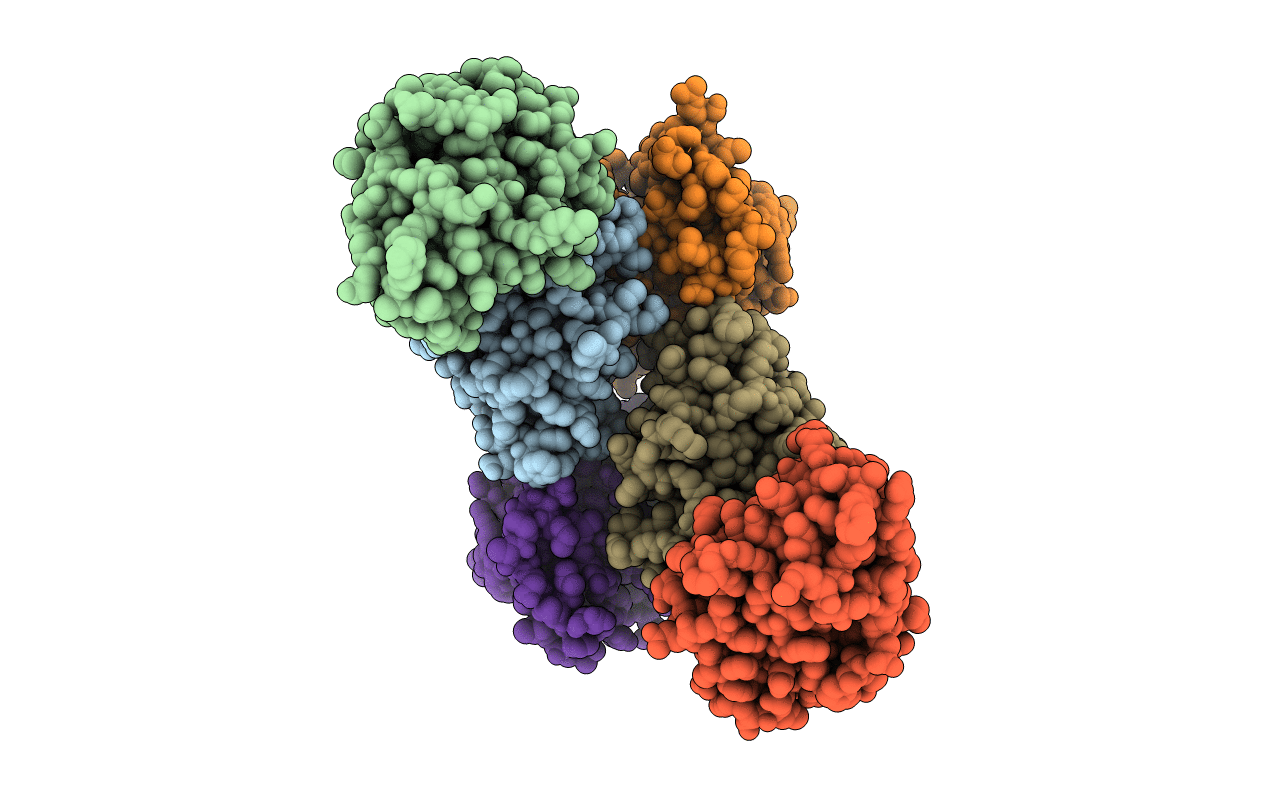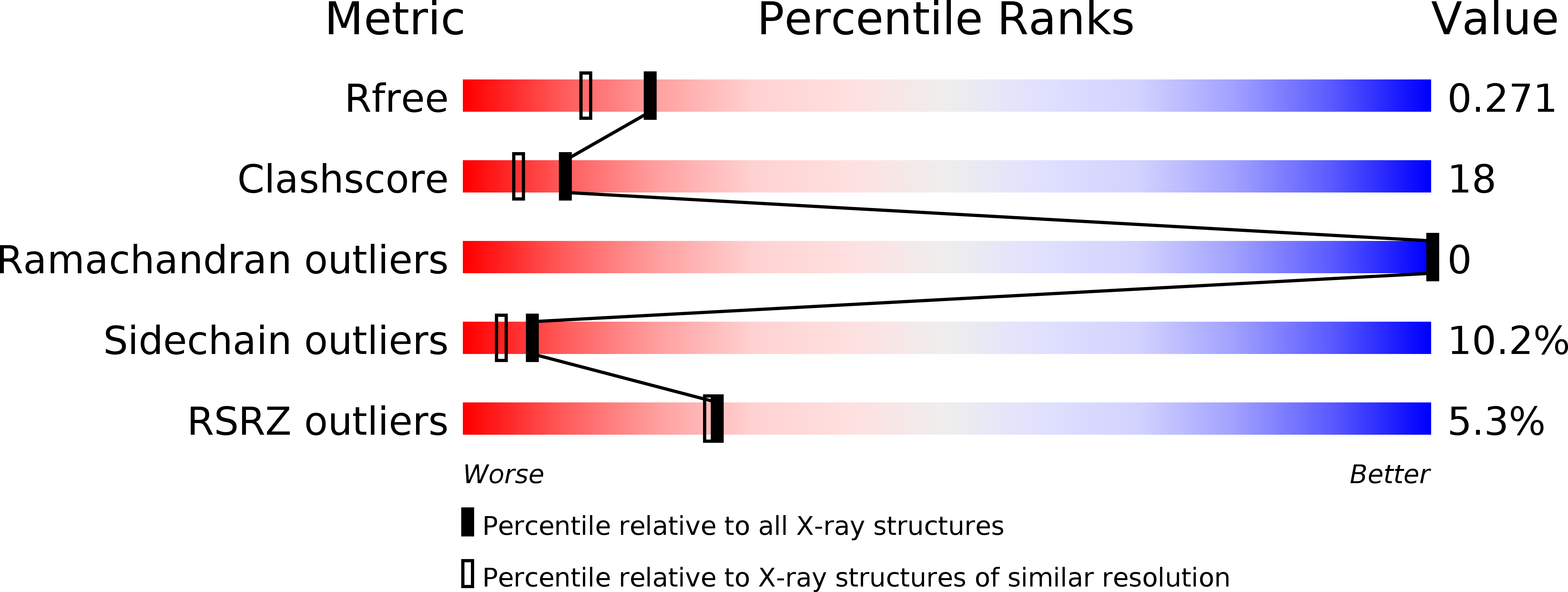
Deposition Date
2010-01-21
Release Date
2010-05-19
Last Version Date
2023-12-20
Entry Detail
PDB ID:
2X36
Keywords:
Title:
Structure of the proteolytic domain of the Human Mitochondrial Lon protease
Biological Source:
Source Organism:
HOMO SAPIENS (Taxon ID: 9606)
Host Organism:
Method Details:
Experimental Method:
Resolution:
2.00 Å
R-Value Free:
0.23
R-Value Work:
0.19
R-Value Observed:
0.19
Space Group:
P 1 21 1


